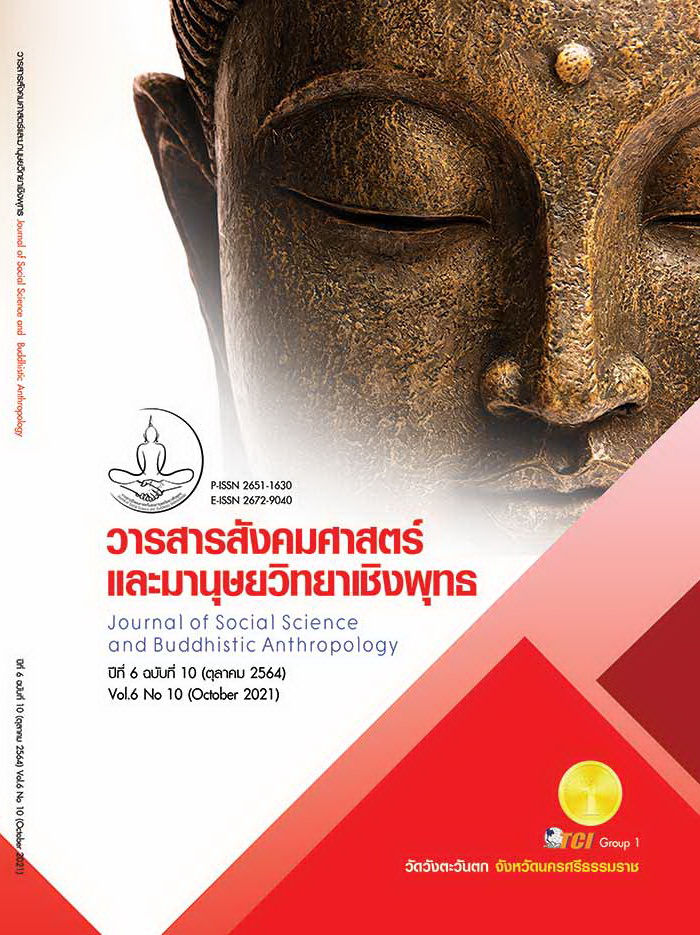Effectiveness of Khon Kaen Emergency Medical Services Network
Keywords:
Emergency Medical Services, Network Governance, EffectivenessAbstract
This paper is a study of the emergency medical services (EMS) network model in Khon Kaen province by evaluating the effectiveness of the operation. The researcher led the context of the EMS in Thailand and the local area in Khon Kaen Province to study the EMS network governance and the overview of the EMS system administration. Therefore, this study focused on the concept of network governance. This research was a qualitative study that was studied in the central hospital, which responsible for managing the emergency medical dispatch center with in-depth interviews and a focus group discussion of 28 key informants. It was presented in the form of a case study comparing the data of the EMS in Khon Kaen Province and the Information Technology for Emergency Medical System (ITEMS) of Thailand. It was found that Khon Kaen Province had the effectiveness of governing the EMS network organization according to the criteria of Thailand and international principles. Including the creation and expansion of the number of members in the network sufficiently to cover the entire province. These reasons make it possible to reach emergency patients in a timely manner and have a high survival rate.
References
Bevir, M. (2012). Governance: A very short introduction. OUP Oxford.
Bhandari, D., & Yadav, N. K. (2020). Developing an integrated emergency medical services in a low-income country like Nepal: A concept paper. International Journal of Emergency Medicine, 13(1). doi:10.1186/s12245-020-0268-1
Dick, W. F. (2003). Anglo-American vs. Franco-German emergency medical services system. Prehospital and disaster medicine, 18(1), 29–37. https://doi.org/10.1017/s1049023x00000650
Health Information and Quality Authority.Pre-hospital Emergency Care Key Performance Indicators for Emergency Response Times. November 2010.
Hirst, Paul. (2000). "Democracy and Governance." in Jon Piere (ed.), Debating Governance. Oxford: Oxford University Press.
Imperial, M. T. (2004). Collaboration and performance management in network settings: Lessons from three watershed governance efforts. Washington, DC: IBM
Center for the Business of Government. Imperial, M. T. (2005). Using collaboration as a governance strategy: Lessons from six watershed management programs. Administration & Society, 37, 281-320.
Klijn, E.-H., Edelenbos, J., & Steijn, B. (2010). Trust in Governance Networks: Its Impacts on Outcomes. Administration & Society, 42(2), 193–221. https://doi.org/10.1177/0095399710362716
Kooiman, Jan. (2000). "Societal Governance: Levels, Modes, and Orders of Societal-Political Interaction." in Jon Piere (ed.). Debating Governance. Oxford: Oxford University Press.
Loffler, E. (2005). Governance and Government: Networking with External Stakeholders. in Public Management and Governance. Tony Bovaird and Elke Loffler (eds.) London: Taylor & Francis Group.
Man Lo, S., Min Yu, Y., Larry Lee, L. Y., Eliza Wong, M. L., Ying Chair, S., J Kalinowski, E., & Jimmy Chan, T. S. (2012). Overview of the shenzhen emergency medical service call pattern.








